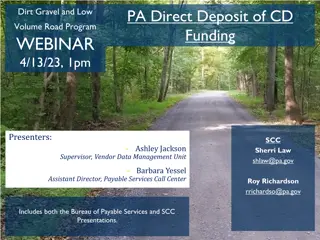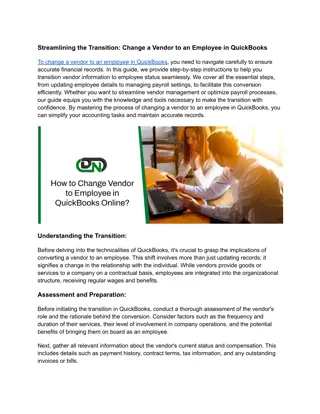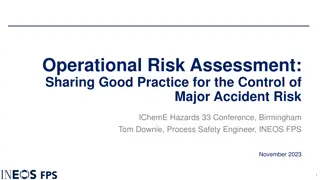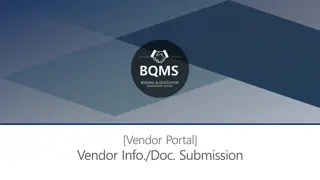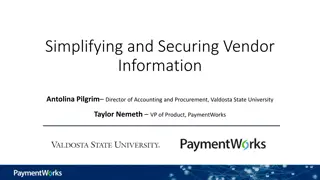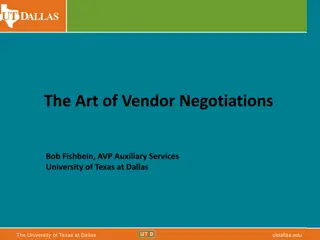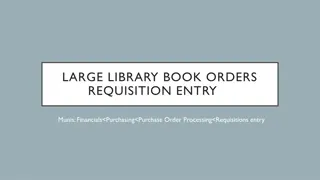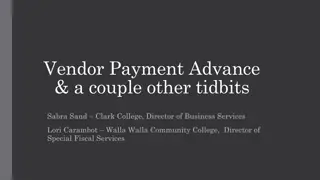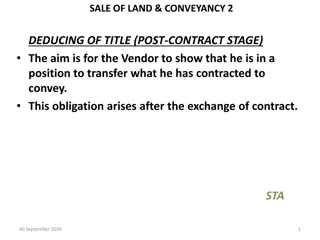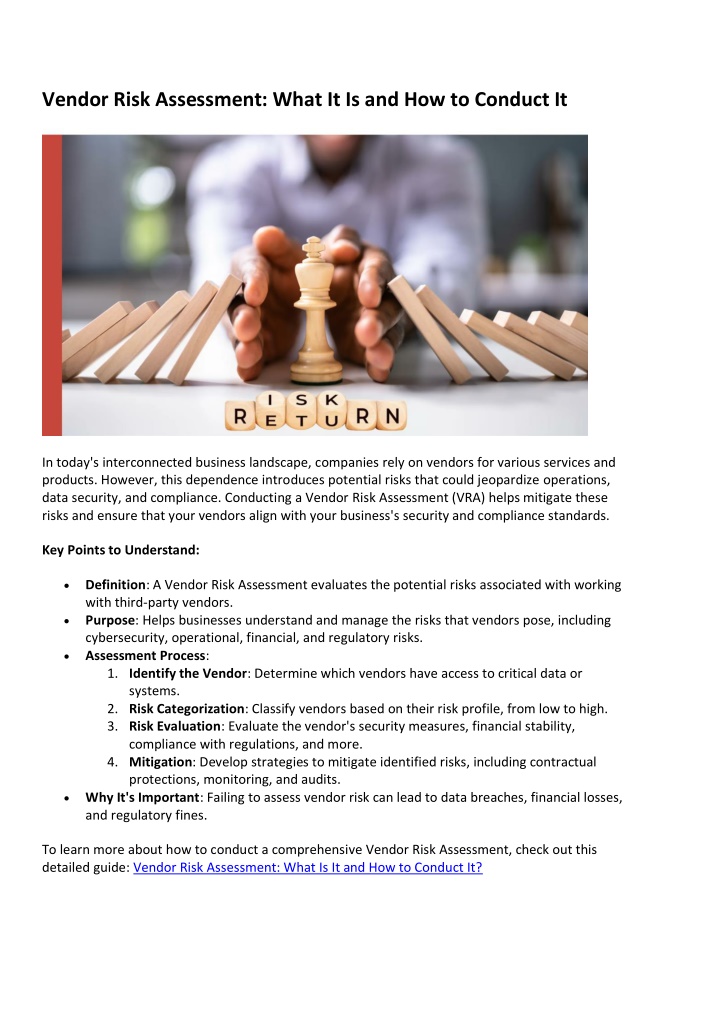
Vendor Risk Assessment
In today's interconnected business landscape, companies rely on vendors for various services and products. However, this dependence introduces potential risks that could jeopardize operations, data security, and compliance. Conducting a Vendor Risk A
Download Presentation

Please find below an Image/Link to download the presentation.
The content on the website is provided AS IS for your information and personal use only. It may not be sold, licensed, or shared on other websites without obtaining consent from the author. If you encounter any issues during the download, it is possible that the publisher has removed the file from their server.
You are allowed to download the files provided on this website for personal or commercial use, subject to the condition that they are used lawfully. All files are the property of their respective owners.
The content on the website is provided AS IS for your information and personal use only. It may not be sold, licensed, or shared on other websites without obtaining consent from the author.
E N D
Presentation Transcript
Vendor Risk Assessment: What It Is and How to Conduct It In today's interconnected business landscape, companies rely on vendors for various services and products. However, this dependence introduces potential risks that could jeopardize operations, data security, and compliance. Conducting a Vendor Risk Assessment (VRA) helps mitigate these risks and ensure that your vendors align with your business's security and compliance standards. Key Points to Understand: Definition: A Vendor Risk Assessment evaluates the potential risks associated with working with third-party vendors. Purpose: Helps businesses understand and manage the risks that vendors pose, including cybersecurity, operational, financial, and regulatory risks. Assessment Process: 1.Identify the Vendor: Determine which vendors have access to critical data or systems. 2.Risk Categorization: Classify vendors based on their risk profile, from low to high. 3.Risk Evaluation: Evaluate the vendor's security measures, financial stability, compliance with regulations, and more. 4.Mitigation: Develop strategies to mitigate identified risks, including contractual protections, monitoring, and audits. Why It's Important: Failing to assess vendor risk can lead to data breaches, financial losses, and regulatory fines. To learn more about how to conduct a comprehensive Vendor Risk Assessment, check out this detailed guide: Vendor Risk Assessment: What Is It and How to Conduct It?


